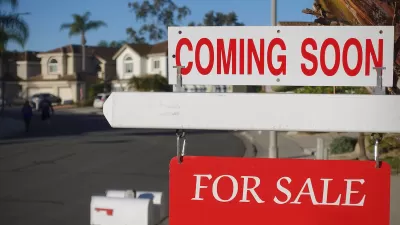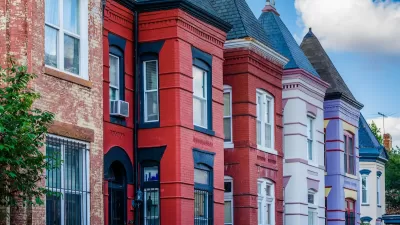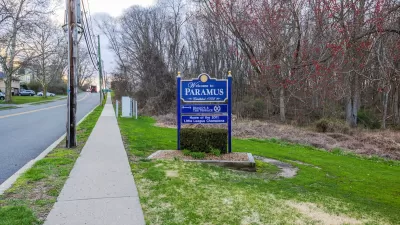The financialization of housing uncouples housing prices from local supply and demand. Fixing this requires a new approach.

Outlining lessons from his and Daniel Herriges’ recent book Escaping the Housing Trap, Charles Marohn of Strong Towns calls out the “financialized approach to housing, a top-down system that has disconnected housing prices in nearly all American cities from local reality,” pointing out how the focus on ‘affordable housing’ sometimes obscures the ways we could make housing more affordable for all.
Pointing to a project in Brainerd, Minnesota that received what amounted to $154,500 in public subsidies per unit (“in a city where the median home price is $210,000”), Marohn writes that “No matter where your heart is on building affordable housing, you have to acknowledge that there is no way this approach scales.”
According to Marohn, “The reason housing prices are crazy everywhere at the same time isn’t because every local market has the same supply constraints. Supply constraints exist in many markets, sure, but the story of housing affordability is primarily a financial one.”
But there is hope: “Cities can make it easier to build these kinds of products through regulatory reform. They can cultivate a cadre of incremental developers to do this kind of work. And, perhaps most importantly, they can help finance these entry-level units, providing local competition to the federally subsidized, Wall Street-based housing market. They can do this all at scale and at very little, if any, cost to local taxpayers.”
FULL STORY: How Affordable Housing Distracts People From Housing Affordability

Planetizen Federal Action Tracker
A weekly monitor of how Trump’s orders and actions are impacting planners and planning in America.

Congressman Proposes Bill to Rename DC Metro “Trump Train”
The Make Autorail Great Again Act would withhold federal funding to the system until the Washington Metropolitan Area Transit Authority (WMATA), rebrands as the Washington Metropolitan Authority for Greater Access (WMAGA).

The Simple Legislative Tool Transforming Vacant Downtowns
In California, Michigan and Georgia, an easy win is bringing dollars — and delight — back to city centers.

In These Cities, Most New Housing is Under 441 Square Feet
With loosened restrictions on “micro-housing,” tiny units now make up as much as 66% of newly constructed housing.

Albuquerque’s Microtransit: A Planner’s Answer to Food Access Gaps
New microtransit vans in Albuquerque aim to close food access gaps by linking low-income areas to grocery stores, cutting travel times by 30 percent and offering planners a scalable model for equity-focused transit.

This City Will Pay You to Meet Your Neighbors
A North Kansas City grant program offers up to $400 for residents to throw neighborhood block parties.
Urban Design for Planners 1: Software Tools
This six-course series explores essential urban design concepts using open source software and equips planners with the tools they need to participate fully in the urban design process.
Planning for Universal Design
Learn the tools for implementing Universal Design in planning regulations.
Smith Gee Studio
City of Charlotte
City of Camden Redevelopment Agency
City of Astoria
Transportation Research & Education Center (TREC) at Portland State University
US High Speed Rail Association
City of Camden Redevelopment Agency
Municipality of Princeton (NJ)





























